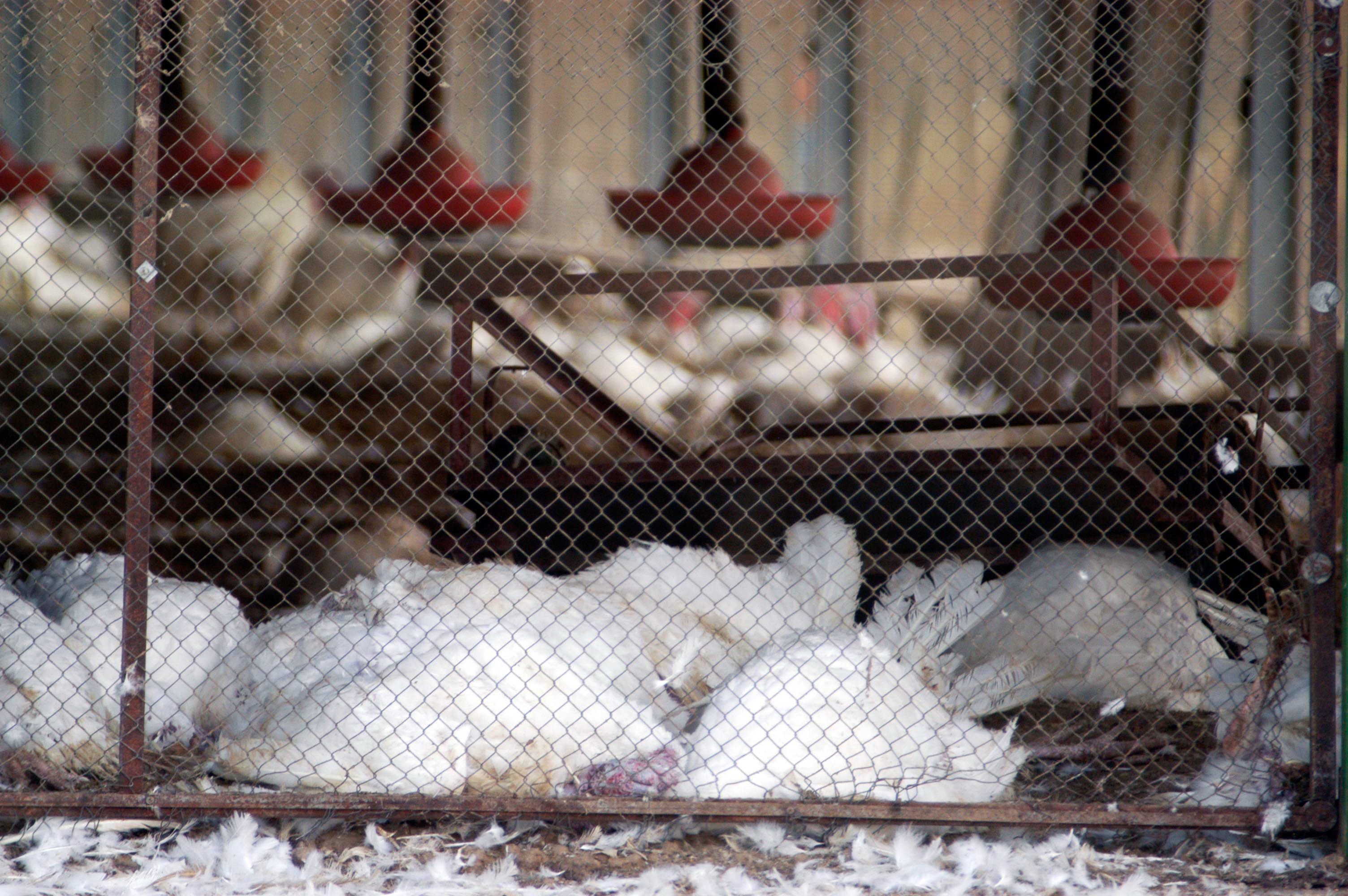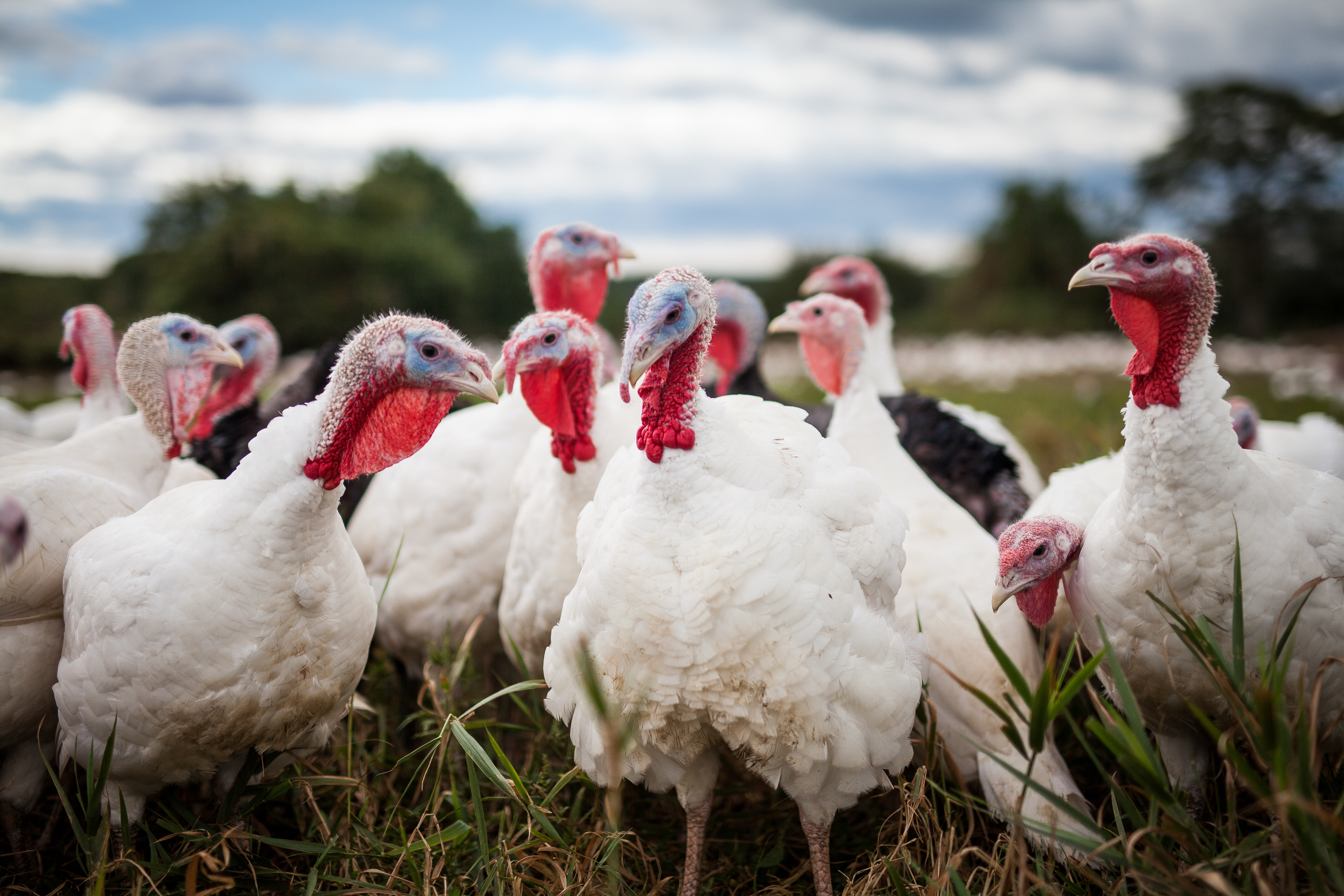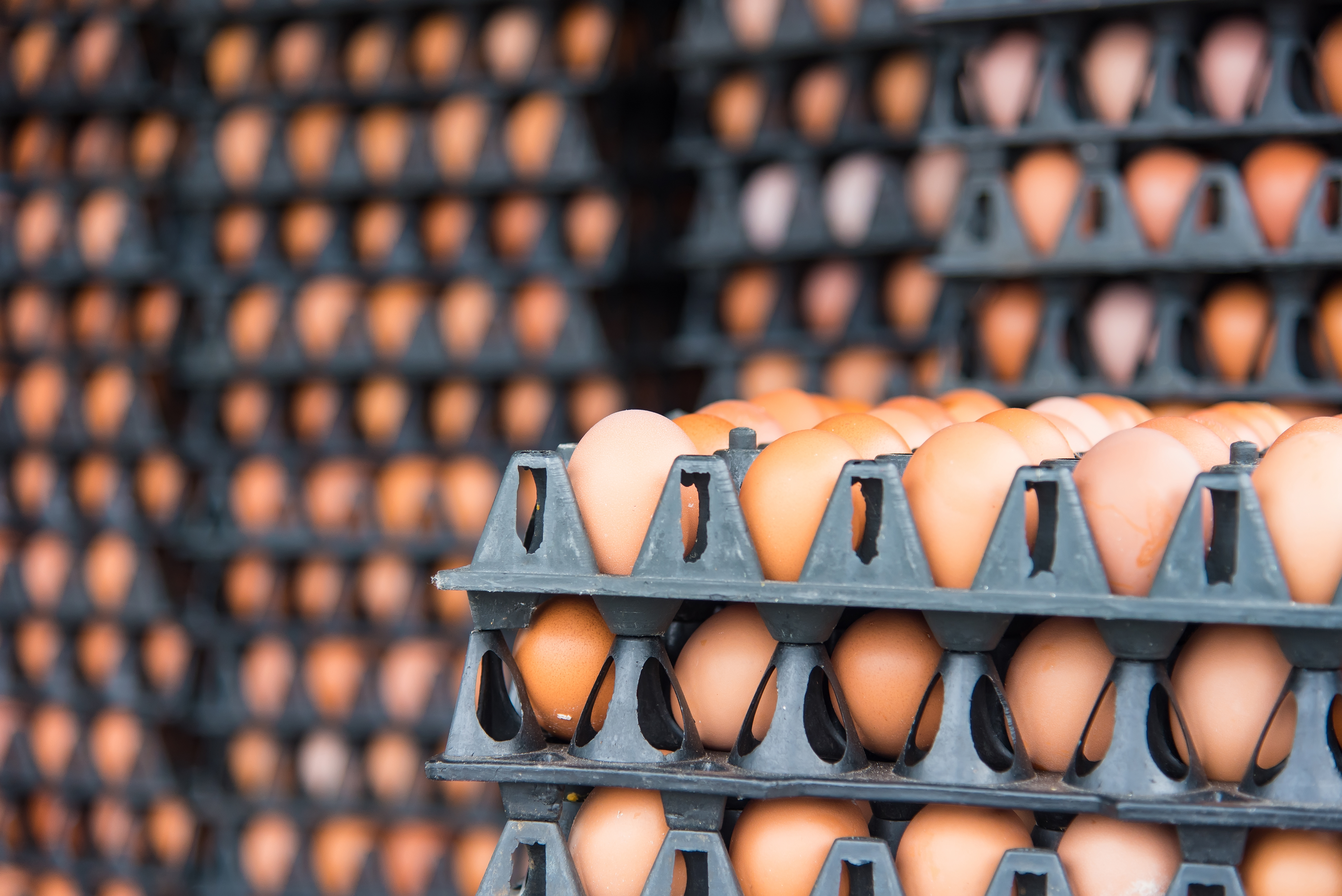



Weekly poultry digest: massive H5N8 bird flu culls reported in Japan
Read the USDA's monthly poultry and egg report and see updates on Asia's bird flu outbreak in this week's Poultry Digest.Asia battles bird flu outbreaks
Record-setting cull as bird flu spreads across Japan
Japan is now dealing with bird flu in 12 of its 47 prefectures, with a record-high 3 million birds culled to date. Most recently, around 32,000 birds will be slaughtered and buried in the Sukomo city in the Kochi prefecture.
Japan’s total broiler population is around 138 million, while its egg-laying flock totals around 185 million hens. While the country’s ag ministry says it’s not possible for people to catch bird flu from eating eggs or meat from infected poultry, experts are increasingly concerned the virus could make a “species jump” to humans. South Korea and Europe are also dealing with two strains of avian flu.

South Korea issues national standstill order to contain bird flu
South Korea’s ag ministry issued a 48-hour movement control order starting at midnight Friday 11 December for all poultry farms and livestock production facilities, including their vehicles and personnel, the country’s ag ministry said in a statement.
This came in response to a rise in highly pathogenic bird flu cases. Since November, the country has had 10 cases of the H5N8 strain of the virus.
USDA’s monthly poultry outlook
Following is USDA’s just released monthly livestock, dairy and poultry outlook.
Forecasts for export shares of US production for red meat, poultry, and eggs present a varied picture for 2020 and 2021.
Broiler’s export share of production will likely tick up from 16.2 percent exported in 2019 to 16.5 percent this year. Strength in broiler exports this year is attributable to strong demand from Asia; the broiler export share is expected to be slightly lower at 16.4 percent in 2021.
In 2020, turkey’s export share of production fell to 10.1 percent from 11.0 percent in 2019 due to a decline in demand from Mexico. Turkey exports are expected to trend upward next year, with 10.3 percent of production likely to be exported in 2021.

The export share of egg production is likely to finish 2020 at 3.7 percent—an increase from 3.5 percent in 2019—driven mainly by strong exports to Mexico as well as decreases in production. Shipments of eggs in 2021 are expected to moderate, with 3.6 percent of production likely to be exported.
Fourth-quarter poultry and egg production
The 2020 fourth-quarter broiler production forecast was decreased on October production data as well as recent hatchery data, while 2021 first-quarter production was lowered on fewer birds available for slaughter.
The fourth-quarter broiler export forecast was increased on record October volumes, and the 2021 export forecast was increased on expectations that broiler meat will remain attractive as an affordable protein. The fourth-quarter broiler price forecast was increased on recent prices.
The fourth-quarter egg price forecast was decreased on lower-than-expected November prices; the 2021 price forecast was also decreased. The fourth-quarter table egg production forecast was increased slightly, while the fourth-quarter export forecast was decreased on lower-than-expected October data.

Turkey production was adjusted down in the fourth quarter of 2020 and in 2021. Forecast turkey exports were adjusted up on strong October exports. The fourth-quarter turkey price forecast was revised down to 111 cents per pound on falling wholesale prices.
Broiler-type eggs set in the United States down 1 percent
Hatcheries in the United States weekly program set 235 million eggs in incubators during the week ending 12 December 2020, down 1 percent from a year ago. Average hatchability for chicks hatched during the week in the United States was 81.8 percent. Average hatchability is calculated by dividing chicks hatched during the week by eggs set three weeks earlier.
Meantime, broiler growers in the United States weekly program placed 189 million chicks for meat production during the week ending 12 December 2020, down slightly from a year ago.
Cumulative placements from the week ending 4 January 2020 through 12 December 2020 for the United States were 9.23 billion. Cumulative placements were down 1 percent from the same period a year earlier.
Read the latest updates on the beef and dairy markets on The Cattle Site, and see Jim Wyckoff's Pig Outlook on The Pig Site.









